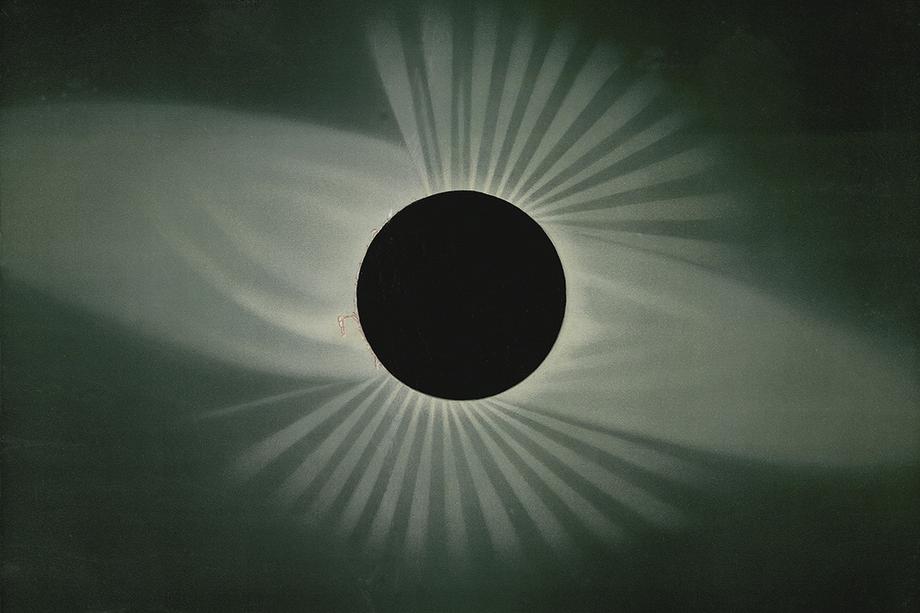How to solar eclipse
April 3, 2024
Looking for information on the April 8 solar eclipse?
Watch live NASA coverage as the total eclipse moves through Mexico, the U.S., and Canada, beginning at 1:00 pm.
Here in Ann Arbor, the partial eclipse begins at 1:57 pm, reaches its maximum 98.4% magnitude at 3:13 pm, and ends at 4:26 pm.
There are watch events all over campus, many providing glasses for safe viewing. Visit Happening @ Michigan.
Wondering what all the fuss is about? Total eclipses are rare, and there won't be another in the contiguous U.S. until August 2044. For perspective, check out an assemblage of writers documenting their profound eclipse experiences at The Marginalian.
Resources
For more on matters astronomical, past and present:
- Learn about our extensive History of Astronomy collection, which includes rare astronomical treatises from antiquity and the Middle Ages, as well as the “big four” star atlases from Europe’s golden age of celestial cartography (there's an online exhibit featuring some collection highlights)
- See our guide to Astronomy and Astrophysics, with links to various resources including one labeled "Astro fun"
- Get help finding related resources from a specialist

Plate III, Total Eclipse of the Sun, Observed July 29, 1878, at Creston, Wyoming Territory, from The Trouvelot Astronomical Drawings by Etienne Lopold Trouvelot.